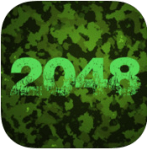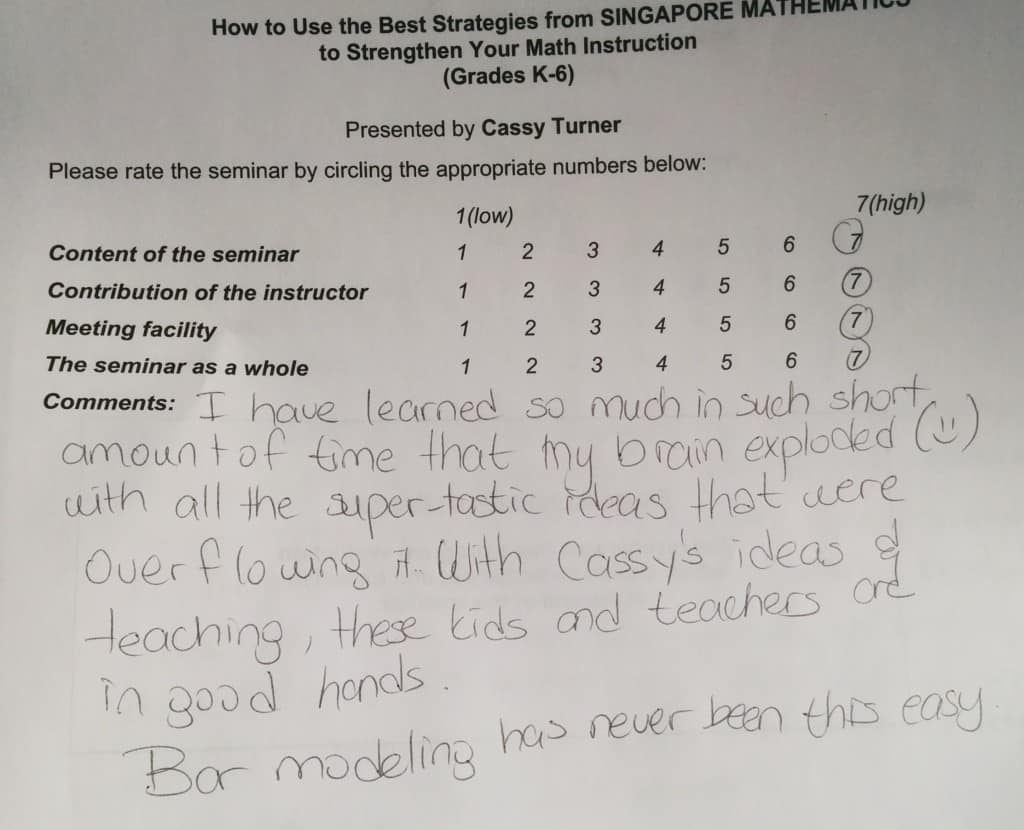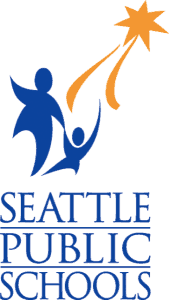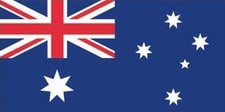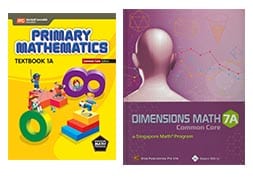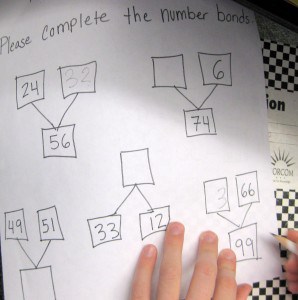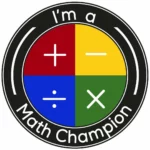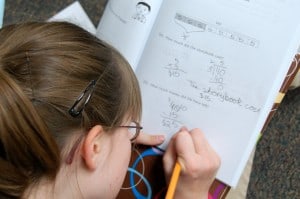 Excellence in Canadian math education — by way of Singapore
Excellence in Canadian math education — by way of Singapore
The Head of School at Trafalgar Castle School in Whitby, Ontario explains why his school adopted Math from Singapore and how it differs from other curricula:
We introduced Singapore Math to our school three years ago after researching a number of programs and determining that this method had the best achievement results internationally.
Singapore Math deliberately slows down the teaching of math, taking more time to ensure students grasp each concept before moving on. For example, students might spend two weeks on multiplying fractions, instead of spending a day or two and then coming back to it later.
Students use visuals aids such as bars and blocks before they start writing equations with “x” and “y,” so they achieve a deeper grasp of the actions they perform. This visualization is not deployed nearly as much in Canadian classrooms. In most settings, you would see a concrete-abstract strategy whereby multiplication would use physical objects then shift to the abstraction of lining up numbers in a multiplication equation. Singapore Math introduces a middle step between the concrete and abstract called the pictorial approach. The students draw a diagram of the concepts going on. This extends to diagraming word problems on paper rather than the often frustrating scenario of trying to picture a problem in their heads.
One happy result of all this is that when students reach algebra, they’ve already met the core concepts pictorially; indeed in most cases students in grade 6 are able to understand algebraic concepts that normally wouldn’t be grasped until mid-way through grade 8.
North Cross School transitions to Singapore Math
North Cross School is the first school in the Roanoke Valley (Virginia) to fully implement the Singapore Math® curriculum.
[Editor’s Note: Over the past several years, I’ve had the honor of helping St. Anne’s-Belfield School with its Singapore Math adoption. I’m delighted that Beth Curran was able to take her experiences and successfully train teachers at North Cross School. Congratulations, Beth!]Beth Curran is the Mathematics Department Chair in the lower school at St. Anne’s-Belfield in Charlottesville and led the training at North Cross School. When asked about their conversion to Singapore Math she said “during our first year of implementation our students were saying ‘I understand math now.’ One of our second grade teachers commented, ‘At this point in the year (first trimester), I have never had students with such a solid understanding of place value.’ Upon conclusion of our first year, our math team felt that our students’ problem solving skills made huge leaps. We also noticed that students were persevering through difficult problems that in the past (or even the beginning of the year) they would have given up on. We didn’t teach perseverance, necessarily, but concluded that because students were learning and practicing skills to mastery that it equipped them with the tools to tackle challenging problems. They always had a place to start.”
North Cross Lower School Director, Deborah Jessee, believes that “a strong education in lower school builds a foundation of lifelong learning. It lays the pathways, creates excitement, and energizes students for the future. Singapore Math is a great way to enhance our lower school academic program and teach children not to be intimidated by new concepts and that it’s okay to explore other ways of learning. They learn to not be intimidated by a complex problem. When a student understands how to break down a problem and can figure out how to solve it, that academic skill translates well to other subjects and helps them prepare for ACT and SAT testing down the road.
Singapore math forced teachers to learn new way to teach
Learning Singapore Math in Henderson County (Kentucky) first took hard work by teachers; previous math approach “made cooks…this makes chefs.”
At the heart of the Singaporean approach to math is problem solving. This math curriculum doesn’t focus as much on memorizing procedures, but understanding numbers and how they interact, officials said.It’s the how and the why, [third-grade teacher Evelyn] Cummings said.Educators said this isn’t how mathematics has been taught in the United States.
“Before I would teach my students a process, instead of problem solving. Now, we’re teaching these kids to be problem-solvers,” Cummings said.

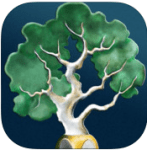
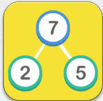 Maths Facts – $0.99
Maths Facts – $0.99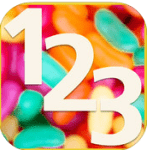 Let’s Count – Free
Let’s Count – Free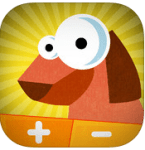 Practice Math with Robin and Dob
Practice Math with Robin and Dob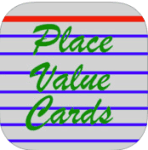 Cards – $0.99 each
Cards – $0.99 each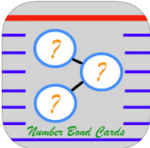 Number Bond Cards – $0.99 each
Number Bond Cards – $0.99 each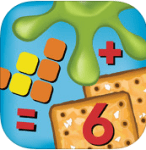 Crackers and Goo – $2.99
Crackers and Goo – $2.99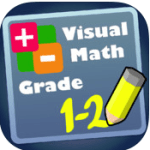
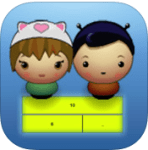 Xyla and Yabu – $0.99
Xyla and Yabu – $0.99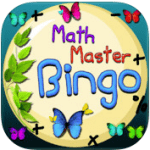 Math Master Bingo – Free to download, 99¢ in-app purchase for unlimited play.
Math Master Bingo – Free to download, 99¢ in-app purchase for unlimited play. Jingle’s Puzzle – $1.99
Jingle’s Puzzle – $1.99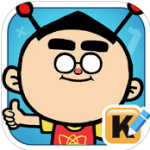 Math Olympiad – Free for first 6 problems, then $15.99 per level to unlock.
Math Olympiad – Free for first 6 problems, then $15.99 per level to unlock.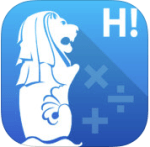
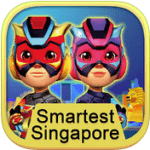 Smartest Singapore – Free
Smartest Singapore – Free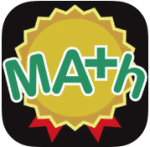 Math Mastery!
Math Mastery!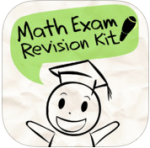
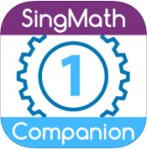
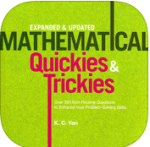 Mathematical Quickies & Trickies -$9.99
Mathematical Quickies & Trickies -$9.99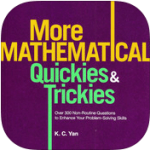 More Mathematical Quickies & Trickies – $9.99
More Mathematical Quickies & Trickies – $9.99